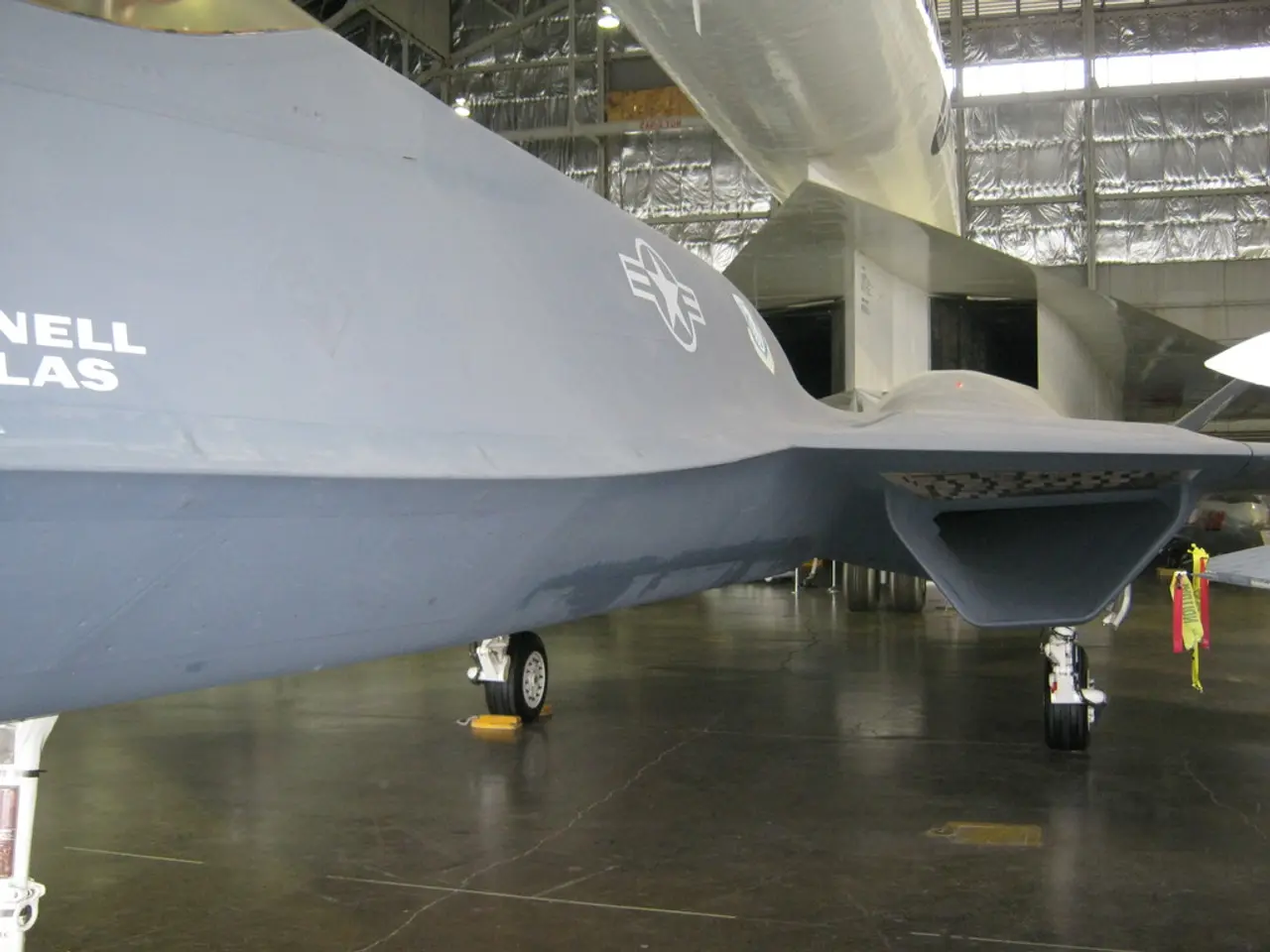Cyber Assault Thwarted: Hawaiian Airlines Successfully Protects Flight Security
In a recent development, Hawaiian Airlines faced a cybersecurity threat targeting their operations in June 2025. Despite the disruption to their internal systems and communications, the airline's immediate response and security protocols maintained operational integrity, preventing any disruption to their flights [1].
The ongoing investigation aims to determine the source of the cybersecurity threat and the full scope of the issue. Initial findings suggest that the attack may have been orchestrated by the Scattered Spider group [3][4]. However, it is reassuring to note that no customer data was exposed during the incident.
The incident serves as a reminder of the importance of robust cybersecurity measures in the aviation sector. It underscores the potential impact of cybersecurity threats on the operational integrity of airlines. The key lessons from this incident center on the critical need for robust internal IT security, communication resilience, and rapid operational safeguarding [3].
Staff had to adopt alternative communication methods to maintain operations, highlighting the importance of contingency plans for internal disruptions [3]. This incident underscores several broader impacts on the aviation industry:
- Vulnerability of Internal Systems: Even without loss of customer data or direct safety impacts, disruption to internal communication and IT systems can challenge operational continuity, revealing that cybersecurity defenses must extend beyond just protecting passenger data to ensuring internal resilience [3].
- Threat Actor Activity and Monitoring: The FBI and aviation regulatory bodies have increased warnings and monitoring in light of these attacks, indicating a rising threat landscape targeting airlines specifically [4].
- Industry-Wide Importance of Preparedness: Hawaiian Airlines' experience fits into a wider pattern of aviation cyberattacks in 2025, affecting multiple airlines, airports, and even aviation regulatory bodies, emphasizing that cybersecurity incidents are a systemic risk requiring coordinated responses [2][3].
- Regulatory and Operational Response: Agencies like the FAA monitored the situation and confirmed no safety risks, illustrating the need for transparent communication with regulators and the public to maintain trust during disruptions [1].
Ultimately, Hawaiian Airlines' cybersecurity incident teaches the aviation industry that comprehensive cybersecurity strategies must include not only data protection but also operational continuity planning, rapid incident response, inter-organizational coordination, and preparedness against increasingly sophisticated cyber threat actors [1][3][4]. The investigation results could provide valuable insights for the aviation sector on how to strengthen its cybersecurity defenses.
The incident underscores the significance of robust cybersecurity measures in the aviation industry, and it is expected that the outcomes of the investigation could influence future policies and procedures in the aviation sector regarding cybersecurity. The incident emphasizes the critical role of effective cybersecurity measures in ensuring the safety of airline operations.
The incident response of Hawaiian Airlines in the face of a cybersecurity threat serves as an important learning opportunity for the aviation sector, underlining the essential role of effective cybersecurity measures in ensuring the safety and operational integrity of airline operations. Additionally, the ongoing investigation into the June 2025 cybersecurity attack on Hawaiian Airlines could yield significant insights for the development of enhanced cybersecurity strategies in aviation technology, focusing on operational continuity planning, incident response, and preparing for increasingly complex cyber threat actors.




